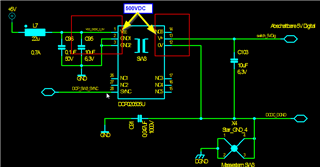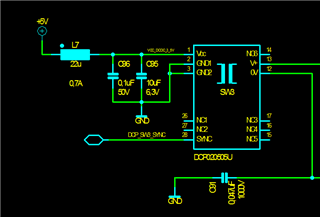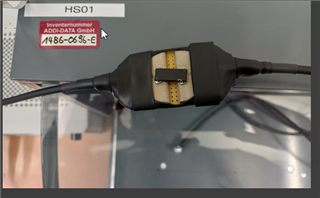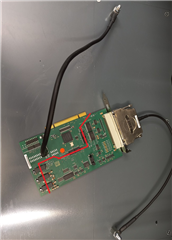Number: CS1340664
Contact: Achim Stösser
First name: Achim
Last name: Stösser
Short description: test of the galvanic isloation, reopen case number CS0723404 see attachment
Email: stoesser.achim@addi-data.com
Company: ADDI-DATA GmbH
Company phone:
Language: English
State: Open
Provide case details or comments:
Dear technicans
in the CS0723404 we discusse the test setup for the galvanic isolaiton test of the DCP020505U
What we want to test is that the complete circuit with DCP0505U and other digital isolators withstand 500VDC for 1 sec.
You suggested us to reduce the complete test duration to max 1s.
How is this possible to realize? If max dV/dt is 500V/s we can't reach 500V with a rise time < 1s.
To test this we use a special High Voltage Test device. we can define the rise time ( min 1s) , the hold time(min1s) and the falling time ( min 1s). We can define the max allowable current to 0.1mA
If the High voltage tester shows a current 0,11mA or more but 500VDC is ok what does it mean for the component?
Thanks a lot
Achim Stösser





